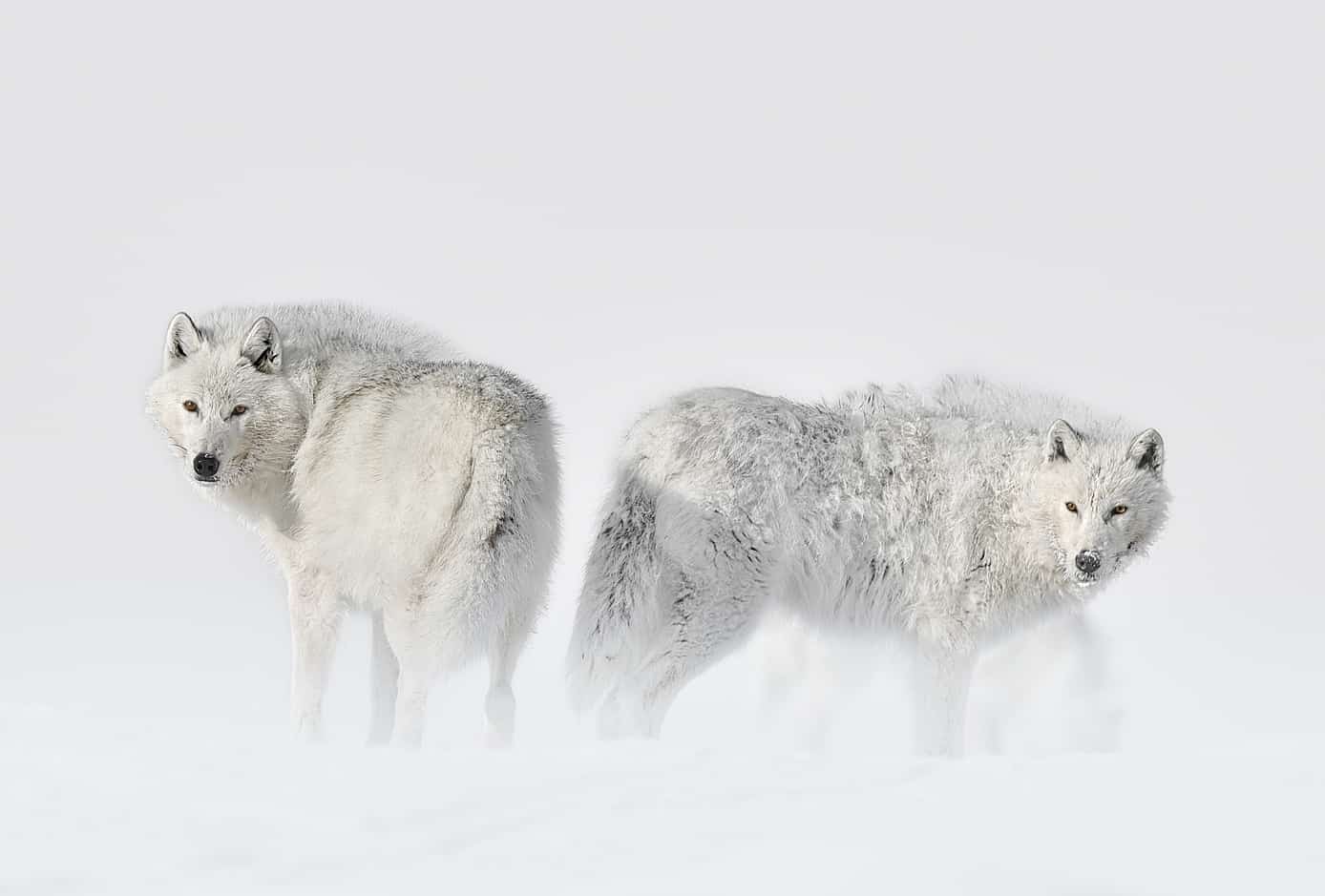In The Moment is a powerful depiction of the Arctic wolf in its element, showcasing its focused, present mindset. This striking wolf wall art photography piece highlights the wolf’s intense concentration as it lives in the present, free from distractions. The powerful gaze of the wolf is captured in stunning detail, making this white wolf wall art a must-have for anyone seeking to capture the raw beauty of nature.
Display In The Moment in your living room, office, or study to inspire focus and mindfulness. The bold contrast between the wolf and its surroundings makes this wolf wall art a dramatic and captivating piece, sure to spark conversation and admiration.
In The Moment is perfect for those who value presence and clarity. Let the Arctic wolf’s unwavering focus remind you to stay grounded and present in your own life. This exceptional piece of wolf wall art photography brings a piece of the wild into your space.










Reviews
There are no reviews yet.